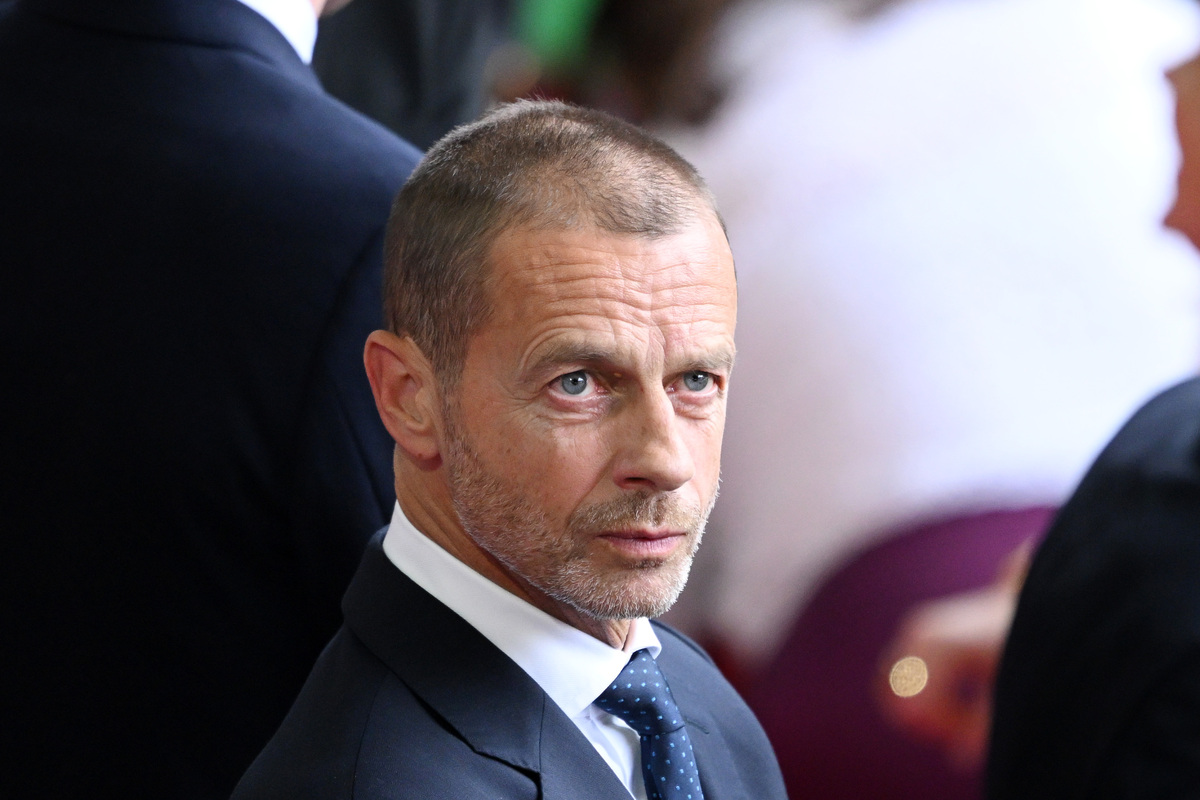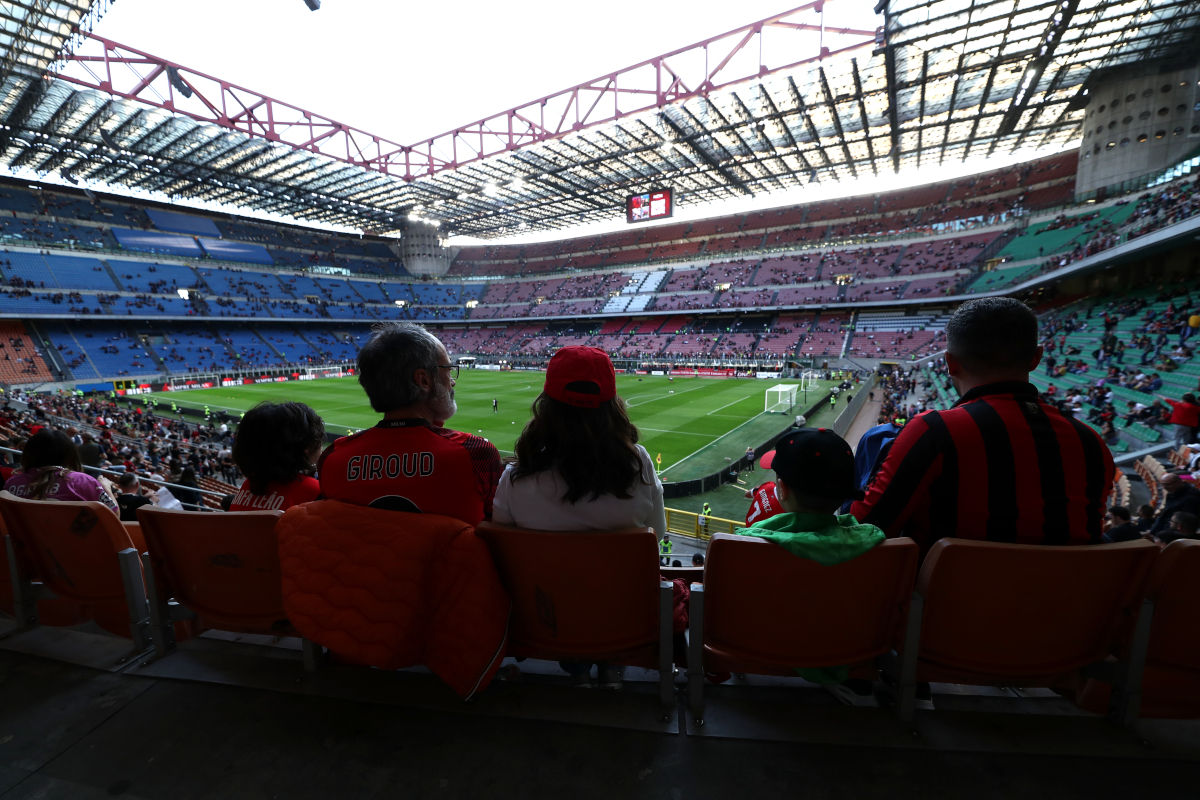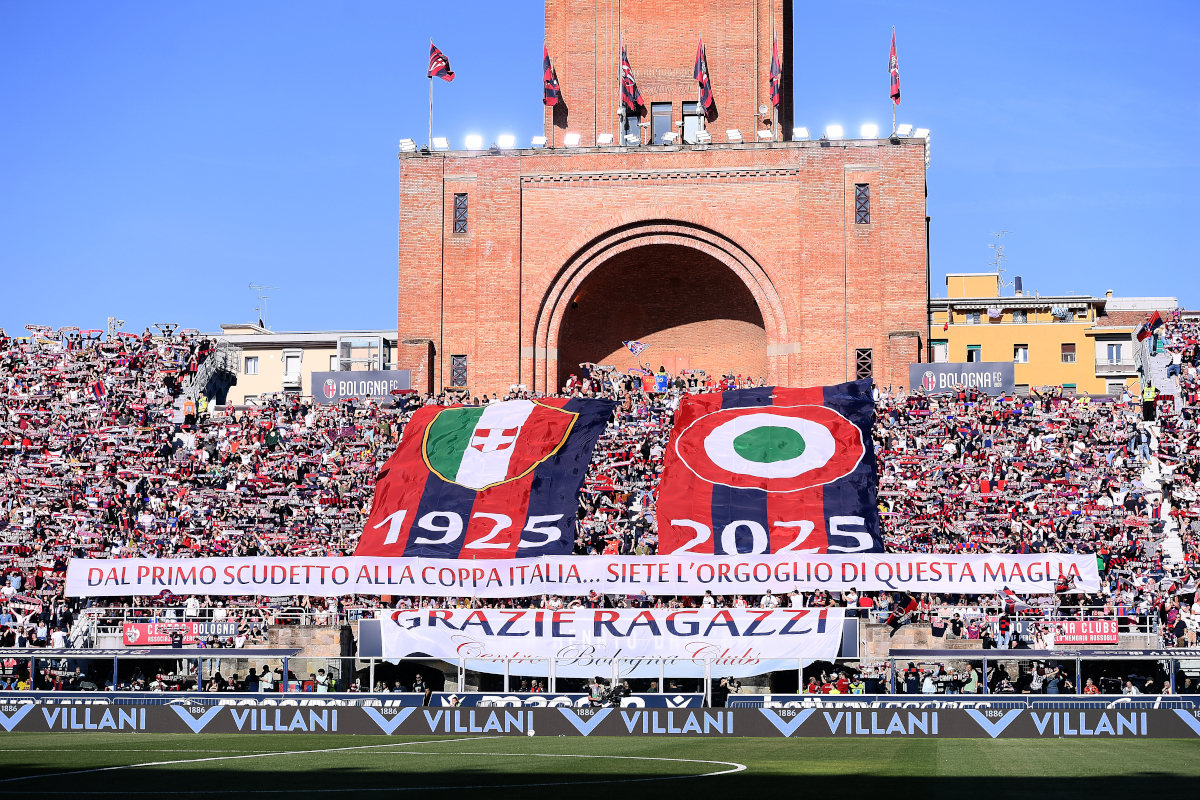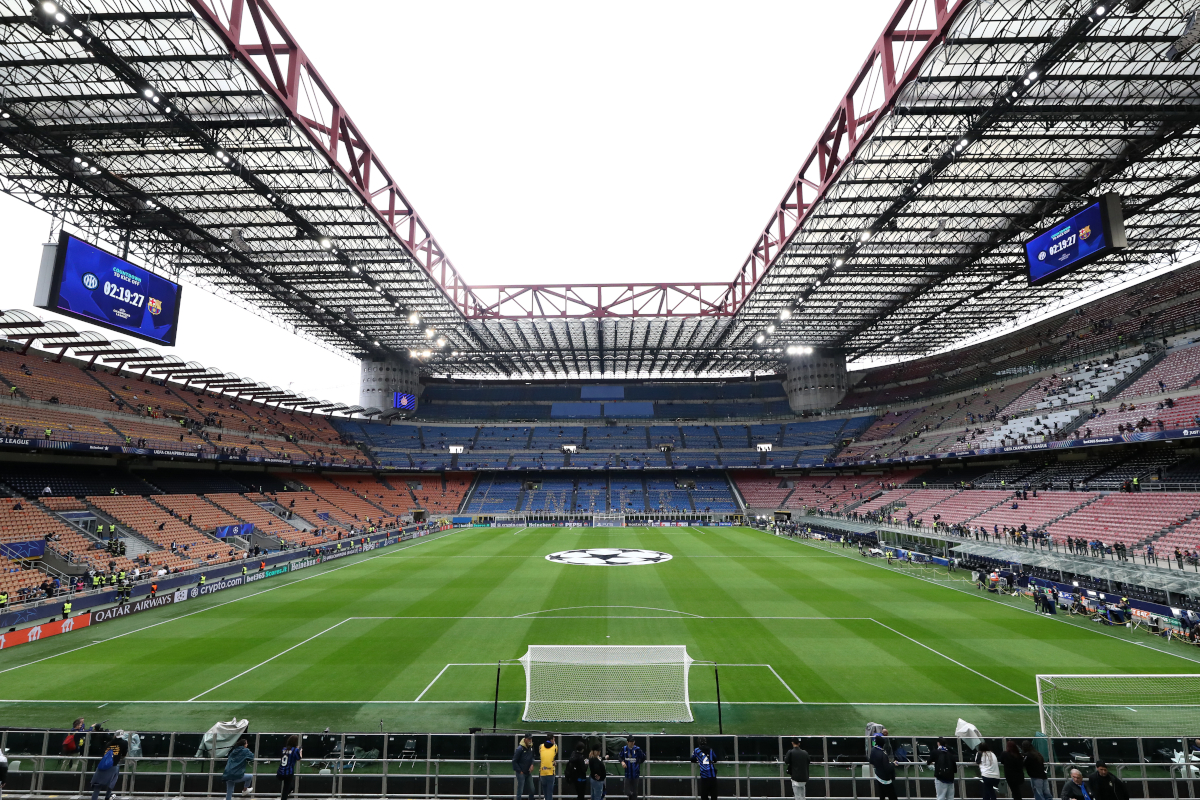Milan’s legendary Stadio Meazza in San Siro lost its Champions League Final hosting rights, exposing the biggest problem with Italian football infrastructure, which has hit rock bottom. The rejection sent shockwaves throughout the entire country, one that thought itself to be a football nation. However, one person who wasn’t surprised by the decision is the UEFA President, Aleksander Ceferin.
His assessment of Italian stadiums cuts deep: Italy has “by far the worst infrastructure” among all major football nations in Europe. Four World Cups, multiple European Championships, countless Champions League trophies, Italy’s football cabinet overflows with silverware. Yet, walk into most Italian stadiums today and you’ll find crumbling concrete and outdated facilities. Will Italian clubs, government authorities, and private investors work together on a national renovation plan before more prestigious hosting opportunities drift away?
UEFA President Slams Italy’s Stadiums As ‘Worst In Europe’

UEFA President has continued his criticism of the poor state of Italian football infrastructure. Ceferin pulled no punches, calling it “terrible” and “a real disgrace.” He stressed that quick action is needed because “the situation is very bad” as Italy and Turkey will co-host UEFA Euro 2032.
The quality gap between Italian stadiums and their European counterparts speaks volumes. “Look at what they’ve built in Spain, England, and Germany,” Ceferin pointed out. “Even smaller countries like Albania have made more progress in modernising their football infrastructure.” The economic impact of neglected stadiums weighs heavily, too. Modern venues bring in substantial revenue through tailored fan experiences, corporate hospitality, and year-round usage.
Despite that, the UEFA President hopes his strong words will finally spark action. “Italy needs to understand this is not just about hosting tournaments,” he concluded. “It’s about the future of Italian football itself.”
San Siro’s Decline Highlights National Infrastructure Crisis

San Siro stadium’s deterioration tells the story of systemic snags in Italian football’s structure. It’s similar to most ancient brick-and-mortar casinos with those old machines. Compare that to the modern-day selections you find on real money pokies Apps in Australia, for instance, the difference is crystal clear. Certainly, a casino player can easily relate to this comparison and understand the level of deterioration. Italian stadiums stayed stuck in the past, and the fan experience has deteriorated.
The average age of most Serie A stadiums is 60 years. This is a big deal as it means that they are older than those in other major European leagues. The financial effect hits hard. Italian clubs make 40% less matchday revenue than Premier League teams. Outdated venues limit premium seating and business opportunities. This creates a vicious cycle. Clubs lack the funds for stadium improvements but can’t increase revenue without modern facilities. Euro 2032 approaches, and San Siro’s situation offers a wake-up call.
Ceferin Urges Government and Clubs to Take Immediate Action
UEFA President Aleksander Ceferin has moved beyond criticism to call for shared action between Italian authorities and football clubs. “The clubs need help from the government; they need help from municipalities and private investors”. The Italian government has responded to growing pressure by creating plans to appoint a special commissioner. This role will streamline stadium projects worth €5 billion through various agencies.
“At the moment, only one is ready, the Stadium in Turin,” said Ceferin. This assessment shows a stark contrast with co-host Turkey, which “has built 13 new stadiums over the last few years”.
Sports Minister Andrea Abodi recognised these issues: “We do not want to intervene with both feet in realities that are territorial, but we want to provide simplified tools and procedures”. He added a warning: “UEFA has imposed the opening of the various construction sites for April-May 2027, under penalty of revocation of the assignment. Therefore, there is not much time”.
Italy’s Football Legacy Undermined By Outdated Facilities

Italy’s legendary status faces a real threat today. The challenge comes not from lack of talent or coaching expertise but from stadiums that are falling apart. The gap between Italian football’s achievements and the quality of its stadiums grows wider each day. Italian clubs earn just €1.2 billion yearly from commercial and stadium revenue. German clubs make more than double that amount, even though both countries have similar economies and passionate fans.
The facilities gap has worsened significantly over the last two decades. English Premier League venues get major upgrades every 15 years on average. Italian Serie A stadiums haven’t seen any real improvements for 45 years. Poor stadium development has created an unfair playing field that might permanently push Italian football into Europe’s second tier. Teams in Spain, England, and Germany reinvest their stadium earnings in buying players and developing youth. Italian clubs struggle to cope with this competition.
Final Thoughts
Italian football stands at a crossroads. Of course, UEFA President Ceferin’s damning assessment reveals a harsh reality that we can no longer ignore. Italian football facilities are nowhere near those of other major European nations. San Siro’s story paints the whole picture. Ceferin’s urgent call demands attention now. Moving forward needs teamwork between clubs, government officials, and private investors. Italy must turn this criticism into a chance to rebuild not just old stadiums but its football’s future foundation.

